Curtis Stone’s Bird to the Wise
Sitting down with family and friends with a meal you prepared is one of the simplest and greatest gifts you can give someone.
As a busy parent and chef, I know that balancing work and home life is no easy task. Despite the challenges, it’s still possible to serve budget-friendly, hassle-free, and healthy home-cooked meals.
America’s go-to protein, chicken is a dinnertime staple, but if you’re tired of serving the same recipes week after week, it’s time to switch up your bird game.
Look at a whole chicken as a blank canvas. You can keep a recipe basic or ramp it up with spicy heat, herbaceous flavors, and, as always, seasonal vegetables.
The beauty of the Roasted Butterflied Chicken and Tomatillos recipe is how flavors mix and mingle during cooking. As the tomatillos roast, they soften into a mouthwatering chunky salsa verde and are seasoned with the chicken’s juices. While the recipe calls for tortillas, you can spoon it over rice, polenta, or mashed potatoes.
Steam from the brew in Beer Can Chicken with Tomato Toast keeps the meat moist and juicy, and the can props the chicken up, so it roasts evenly. The garlic, fennel seeds, crushed red pepper flakes, thyme, and tomatoes add a distinctive herbaceous flavor to the meat, but I encourage you to come up with your own combinations.
Roasted Butterflied Chicken and Tomatillos
(Makes 6 servings)
- 1 4-pound whole chicken
- 4 teaspoons olive oil
- 2 teaspoons sweet paprika
- 1 teaspoon ground cumin
- 1 1/2 pounds tomatillos, husked, rinsed, and cut in half
- 1 white onion, halved and cut into ½-inch-thick wedges
- 3 garlic cloves, finely chopped
- 1 jalapeño pepper, seeded and finely chopped (for a hotter sauce, keep the seeds)
- 1/4 cup coarsely chopped fresh cilantro
- 1 lime, cut into wedges, for serving
- 6 whole-wheat flour or corn tortillas, warmed, for serving
Preheat the oven to 400°F. Using poultry shears, split chicken open by cutting down one side of backbone, then cut out and remove backbone. Place chicken skin-side up on chopping board. Put your hand on breastbone and press hard to flatten chicken.
Heat very large cast-iron or other heavy ovenproof skillet over medium-high heat. Meanwhile, in small bowl, mix 2 teaspoons of olive oil with paprika, cumin, and 1 teaspoon pepper. Season with salt. Rub mixture all over chicken. Place chicken skin-side down in hot skillet and cook for about 4 minutes, or just until skin side is golden brown. Transfer chicken to large plate. Set skillet aside.
In large bowl, toss tomatillos, onions, garlic, and jalapeños with remaining 2 teaspoons olive oil. Season with salt and pepper. Arrange half of tomatillo mixture in skillet and nestle chicken on top, skin side up. Scatter remaining mixture around the chicken. Move skillet to oven. Roast for about 45 minutes, or until chicken shows no sign of pink when pierced in thickest part with tip of small, sharp knife and tomatillos are falling apart into sauce. Remove from oven and let stand for 10 minutes.
Season tomatillo salsa to taste with salt. Sprinkle cilantro over chicken and salsa and serve with lime wedges and tortillas.
Per serving
- Calories: 532; Total Fat: 29 g
- Saturated Fat: 8 g; Sodium: 251 mg
- Carbohydrate: 34 g; Fiber: 6 g; Protein: 34 g
- Diabetic Exchanges: 1.5 starch, 4 lean meat, 2 vegetable, 3.5 fat
Beer Can Chicken with Tomato Toast
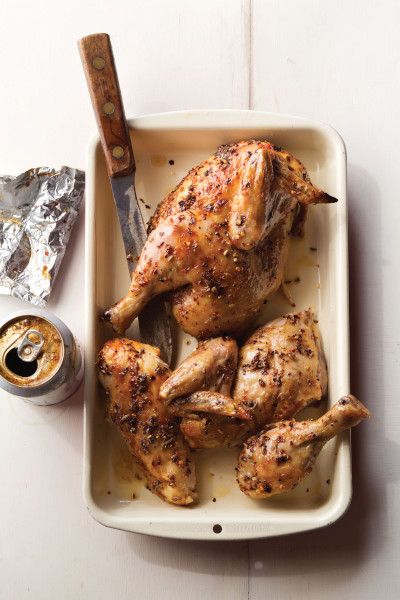
(Makes 6 servings)
- 2 tablespoons extra-virgin olive oil, divided, plus more for drizzling
- 4 garlic cloves, divided; 2 finely chopped, 2 whole
- 2 teaspoons fennel seed, coarsely crushed
- 1 teaspoon crushed red pepper flakes
- 1 4-pound whole chicken, patted dry
- 1 12-ounce can of beer
- 6 3/4-inch-thick slices baguette
- 4 tomatoes, halved crosswise
- 1 teaspoon fresh thyme leaves
Mix 1 tablespoon oil, chopped garlic, fennel seed, pepper flakes, and 1 teaspoon pepper in small bowl. Season to taste with salt. Rub mixture all over chicken. Cover and refrigerate for at least 1 hour and up to 1 day.
Prepare covered grill for indirect heat: Preheat all burners over high heat for 20 minutes. Turn off middle burner(s) and keep both side burners on high heat. Temperature gauge should read between 375°F and 400°F.
Pour off (or drink!) half of beer. Wrap aluminum foil around sides of beer can and place on heavy baking sheet. Carefully position chicken over beer can so it steadily rests upright on top of can. Place baking sheet over unlit portion of grill. Cover grill.
Cook chicken, rotating 180° halfway through cooking, for about 1 hour, or until chicken skin is golden brown and crisp, juices run clear, and a meat thermometer inserted into thickest part of thigh registers 165°F.
Using tongs, transfer chicken and can to cutting board. Remove can from chicken. Rest chicken, breast side up, on board 10 minutes.
Meanwhile, grill bread over lit burners for 2 to 3 minutes per side, or until toasted and lightly charred. Rub whole garlic cloves over toast. Rub halved tomatoes over 1 side of toast until tomato flesh is covering them (use 1 tomato half for 2 slices of toast); discard tomato skins. Drizzle tomato toast with 1 tablespoon oil and sprinkle with salt.
Carve chicken and place on platter with toast. Sprinkle with thyme and serve.
Make-Ahead: Chicken can marinate in spice mixture up to 1 day, covered and refrigerated.
Per serving
- Calories: 700; Total Fat: 29 g; Saturated Fat: 7 g; Sodium: 804 mg
- Carbohydrate: 47 g; Fiber: 1 g; Protein: 40 g
- Diabetic Exchanges: 2.5 starch, 4 lean meat, 1 vegetable, 4 fat
Want more chicken recipes? Check out Curtis Stone’s Simple Roast Chicken and Potatoes at saturdayeveningpost.com/roastchicken.
This article is featured in the September/October 2020 issue of The Saturday Evening Post. Subscribe to the magazine for more art, inspiring stories, fiction, humor, and features from our archives.
From What’s for Dinner? by Curtis Stone. Copyright © 2013 by Curtis Stone. Excerpted by permission of Ballantine Books, a division of Random House LLC. All rights reserved.
Recipes © Curtis Stone
Featured image: Roasted Butterflied Chicken and Tomatillos (Quentin Bacon)
Summer Road Trips: The Oldest Craft Breweries in the Country
American beer has gone through a transformation in the last 30 years. Wherever you are in this country, you’re bound to be about 15 minutes from at least one craft brewery. Everyone and their brother-in-law seem to be brewing small batch IPAs these days, but these are the old-timers who started the trend.
D.L. Geary Brewing Company
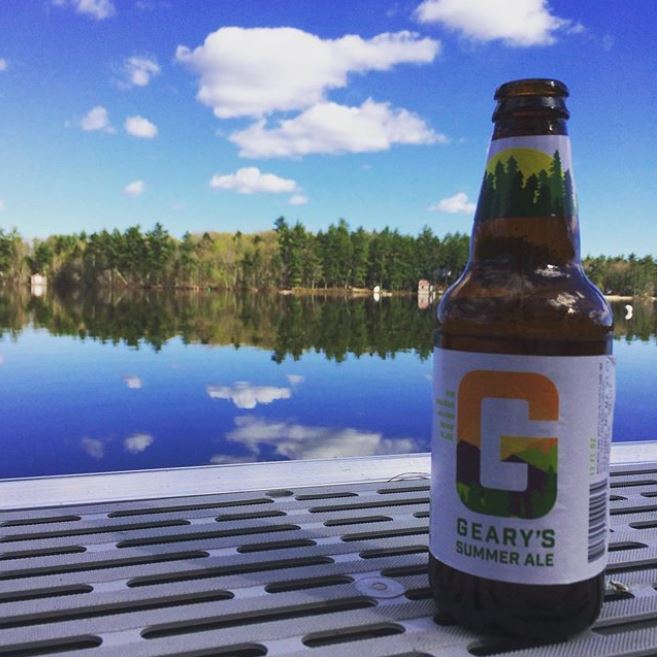
Proudly bearing the title “New England’s First Craft Brewery,” Portland, Maine’s Geary Brewing Company got into the craft beer game ahead of the curve. More than 30 years ago, Karen and David Geary began brewing their signature pale ale after David learned brewing techniques with the help of a Scottish nobleman. Today, dozens of breweries make up Portland’s beer scene.
Boston Beer Company
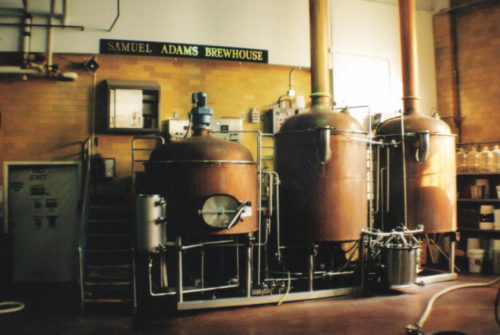
As the story goes, Jim Koch found his great great grandfather’s Boston lager recipe in an attic in the ’80s and started his craft beer empire. Koch’s business acumen skyrocketed the Samuel Adams brand into a household name. The company’s Boston brewery sits in the old Haffenreffer Brewery, an 1870 facility in Jamaica Plain that earned a spot on the National Register of Historic Places. In addition to their classic brewery tour, Boston Beer also offers exclusive tours into the barrel room where patrons can get a closer look at the fermentation and aging processes and try pairings of Belgian-inspired brews with chocolate or barrel-aged beers and cheese.
Yuengling Brewery
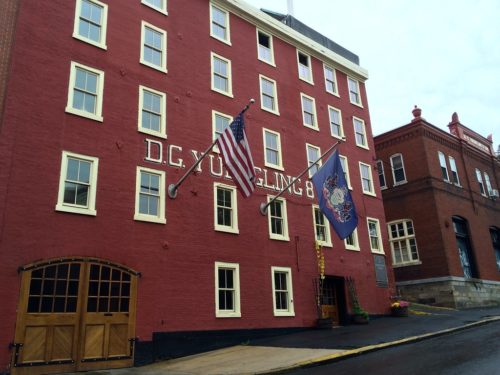
America’s oldest brewery will be celebrating its bicentennial in ten years. Richard Yuengling, Jr. is the fifth generation of owners to run his namesake brewery in Pottsville, Pennsylvania. They still make the lager and porter that “Eagle Brewery” boasted for their “purity” and “cleanliness” in 1829, when it was sold to local coal miners. When you visit their historic site, you can enjoy a lager in their Rathskeller bar then jaunt down the road to get some Yuengling’s ice cream. It’s the (now unaffiliated) ice cream business that helped D.G. Yuengling & Son survive Prohibition.
Frankenmuth Brewery
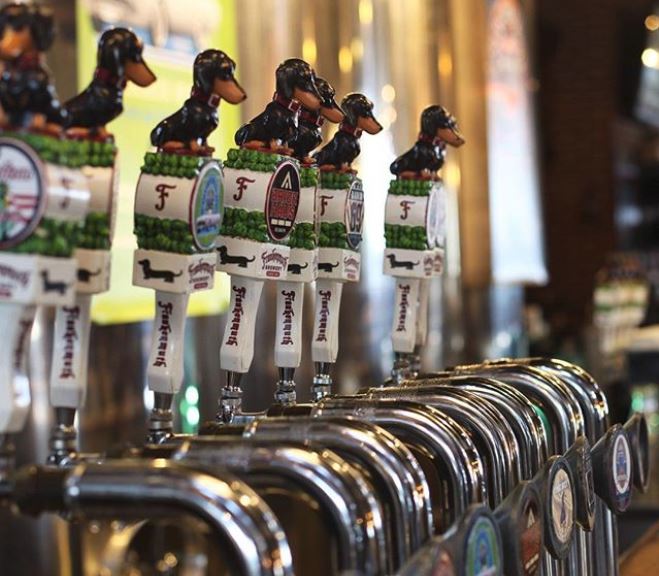
The dachshund mascot “Frankie” has graced beer labels and truck sides for this historic Michigan brewery since the 1930s. The Frankenmuth Brewery itself has been around for even longer — since 1862 — situated in the small city of Frankenmuth along the Cass River. “Michigan’s original microbrewery” has had its share of hardships over the decades, from fires to tornados, but they still manage to turn out 36 different styles of beer, many of which have taken home awards at international competitions. When you’ve had your fill of beer, the world’s largest Christmas store is just down the street.
Stevens Point Brewery
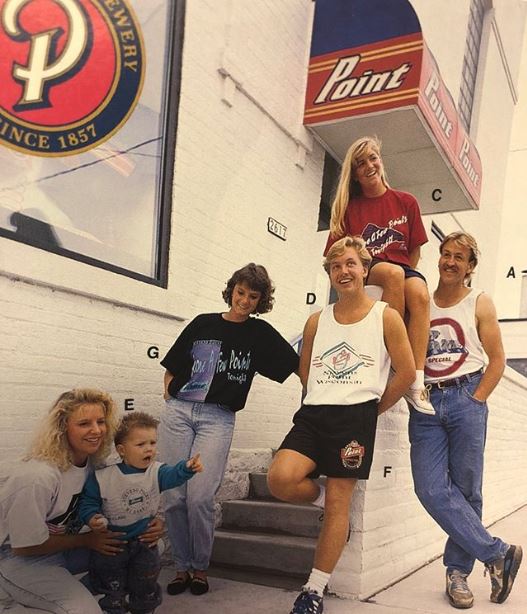
Wisconsinites have been enjoying Point Special lager since 1857, and the brewery even served it to troops fighting in the Civil War. It only became available to beer drinkers outside the Badger State in 1990; in 2003, the lager won the gold medal at the Great American Beer Festival. The company prides itself on being Wisconsin-owned again after years of changing hands, and a walking tour of the brewery will afford you a close look at how their brews are made, aged, and packaged.
Minhas Craft Brewery
Though it’s gone by many names — Monroe Brewery, Blumer Brewery, Huber Brewery — the Minhas Craft Brewery, now owned by Canadian siblings Manjit and Ravinder Minhas, has been around since 1845. During Prohibition, the Monroe, Wisconsin facility even made ice cream and Blumer’s Golden Glow Near Beer, a nonalcoholic brew. The offerings at Minhas nowadays might deviate from your typical expectations around craft beer (they make Boxer lager and Axehead malt beverage), but a visit to the historic brewery offers the chance to see a large collection of 19th century brewing machinery and advertisements housed in an on-site museum.
Abita Brewing Company
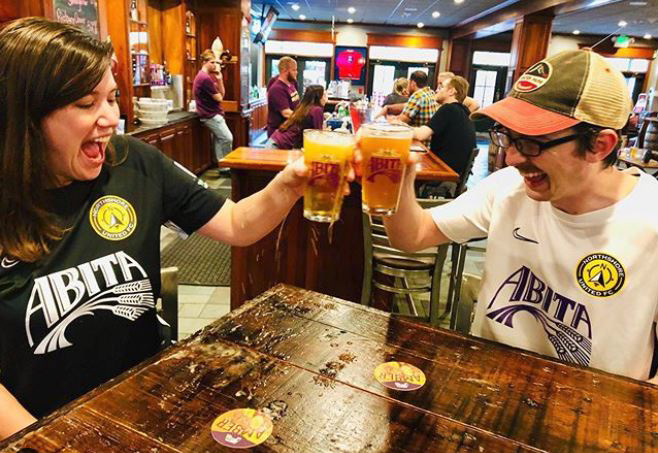
Beer from this Louisiana brewery can probably be found at a bar near you, since they distribute to almost every state. Abita attributes the clean taste of their beer to the source of the water they use, the artesian wells of Abita Springs. The bayou brewery also makes root beer and cream soda using Louisiana sugar cane. Just a short drive from New Orleans, this small-town stop offers beer lovers a taste of some of the first inventive brews in the south.
August Schell Brewing
August Schell founded his brewery (and his town of New Ulm, Minnesota) in the mid-19th century. The grounds of this historic property feature roaming peafowl, gardens, and a brick and stone mansion, built by Schell in 1885. The brewery has been passed down in Schell’s family since the beginning, and, in 2002, they acquired the beloved Grain Belt Beer.
Sierra Nevada Brewing Company
See where one of the first — and still among the most acclaimed — American Pale Ales was born. Ken Grossman opened his brewery and first brewed the iconic Sierra Nevada Pale Ale in 1980. Since then, the company has become known for sustainable practices like composting, CO2 recovery, and solar power. The Chico, California location is where the brewery picked up steam (hence the name), but Sierra Nevada opened a second operation south of Asheville, North Carolina in 2012.
Hale’s Ales
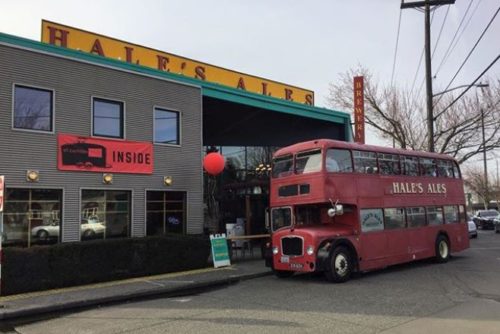
In 1983, Mike Hale opened his Washington brewery, a beacon in the formerly pale ale-less Northwest. Now, the Seattle operation offers a variety of flagship and seasonal brews, and they’ve turned their warehouse into a seasonal event space that hosts music festivals, standup comedy, and dance parties.